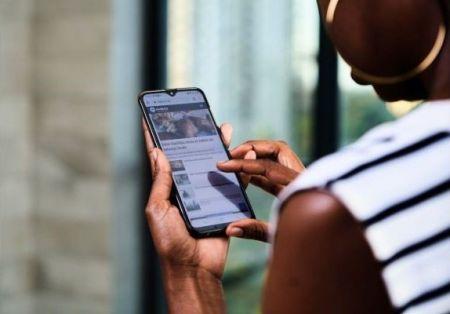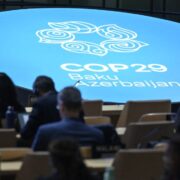
(Ecofin Agency) – The analysis of ITU data over the past five years reveals an increase in Internet usage among women in Africa. However, the continent still needs to work towards achieving digital parity between men and women.
Since 2019, the number of women using the internet in Africa has been steadily rising. According to the “Facts and Figures 2023” report by the International Telecommunication Union (ITU), 32% of women in Africa are now internet users. Although this is a slight decrease from 34% in 2022, data analyzed by the Ecofin Agency shows a general trend of increased internet adoption among women over the years.
In 2019, only 22.6% of women used the internet. This number dipped to 20% in 2020 before gradually climbing to 34% by 2022. The following table shows the changes in internet usage rates among women in Africa:
| Internet Usage Rate by Women (%) | |
| 2019 | |
| 2020 | |
| 2021 | |
| 2022 | |
| 2013 |
While the ITU does not explain the drop from 2022 to 2023, it reflects a wider trend seen across Africa. Overall internet usage in Africa fell from 40% in 2022 to 37% in 2023. This decline could be linked to internet outages in some countries or accessibility issues in others.
The ITU report highlights that Africa still has work to do to achieve equal internet access between men and women. Women make up 50.05% of Africa’s population but only 32% of them use the internet, compared to 42% of men. Several barriers contribute to this gap, including financial accessibility, especially regarding smartphones with internet access.
According to the “Mobile Gender Gap Report 2023” by GSMA, women in sub-Saharan Africa are 13% less likely than men to own a mobile phone, and the gap widens to 28% for smartphones. Moreover, women who do own mobile phones often do not fully utilize internet services. In sub-Saharan Africa, women spend 32% less on mobile services compared to men. This disparity is linked to lower employment rates, income levels, and financial independence among women.
Better connectivity can help women access educational, professional, medical, and social resources more easily. Social media can provide a supportive space for women to share experiences, even in remote areas. However, specific actions are necessary to improve access.
GSMA recommends that mobile operators offer low-cost smartphones through partnerships and facilitate purchases with microloans or installment payments. It also urges governments to implement policies that reduce the costs of phones and data, which would particularly benefit women.
In addition, the GSMA suggests creating grant programs aimed at disadvantaged women and incorporating basic digital skills into school curriculums. Offering training tailored to women’s needs and preferences can further enhance their digital inclusion.











Comments